
| Recorded by: Jim Petranka, Mark Basinger and Becky Elkin on 2025-08-29
Richmond Co.
Comment: | 
| Recorded by: Jeff Niznik, David George on 2025-08-29
Richmond Co.
Comment: |
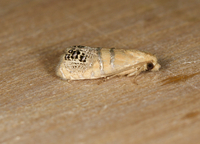
| Recorded by: Jim Petranka, Mark Basinger and Becky Elkin on 2025-08-03
Richmond Co.
Comment: | 
| Recorded by: Jim Petranka, Mark Basinger and Becky Elkin on 2025-08-02
Richmond Co.
Comment: |
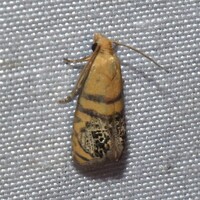
| Recorded by: David George, Jeff Niznik, Rob Van Epps, Kevin Metcalf on 2025-07-20
Richmond Co.
Comment: | 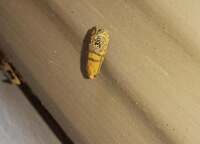
| Recorded by: Allison Garton on 2025-07-04
Moore Co.
Comment: |
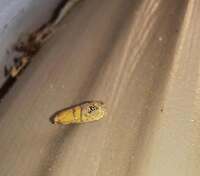
| Recorded by: Allison Garton on 2025-07-04
Moore Co.
Comment: | 
| Recorded by: David George on 2025-06-29
Richmond Co.
Comment: |
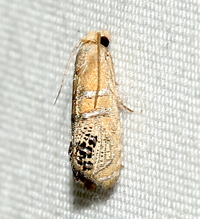
| Recorded by: David George, Jim Petranka on 2025-06-29
Richmond Co.
Comment: | 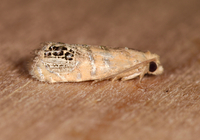
| Recorded by: Jim Petranka, Mark Basinger and Becky Elkin on 2025-06-29
Richmond Co.
Comment: |
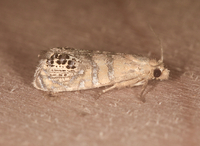
| Recorded by: Jim Petranka, Mark Basinger and Becky Elkin on 2025-06-28
Moore Co.
Comment: | 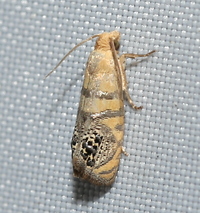
| Recorded by: Jeff Niznik, David George, Larry Chen, Sarah Toner, Joye Zhou on 2025-06-20
Richmond Co.
Comment: |

| Recorded by: Jeff Niznik, David George, Larry Chen, Sarah Toner, Joye Zhou on 2025-06-20
Richmond Co.
Comment: | 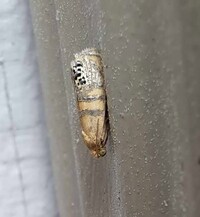
| Recorded by: Allison Garton on 2025-06-17
Moore Co.
Comment: |

| Recorded by: Allison Garton on 2025-06-17
Moore Co.
Comment: | 
| Recorded by: David George, Jeff Niznik on 2025-05-24
Richmond Co.
Comment: |
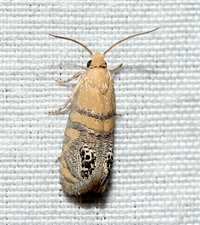
| Recorded by: David George, Jeff Niznik on 2025-05-24
Richmond Co.
Comment: | 
| Recorded by: David George, Jeff Niznik on 2025-05-24
Richmond Co.
Comment: |
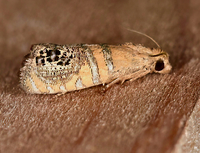
| Recorded by: Jim Petranka and Bo Sullivan on 2023-06-13
Scotland Co.
Comment: | 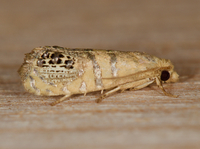
| Recorded by: Jim Petranka, Bo Sullivan, and Steve Hall on 2022-07-25
Scotland Co.
Comment: |

| Recorded by: Jim Petranka, Bo Sullivan, and Steve Hall on 2022-07-24
Moore Co.
Comment: | 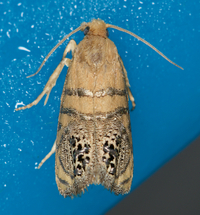
| Recorded by: Jim Petranka, Bo Sullivan, and Steve Hall on 2022-07-24
Moore Co.
Comment: |
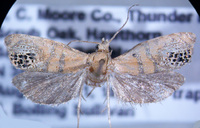
| Recorded by: Jim Petranka, Bo Sullivan, and Steve Hall on 2022-07-24
Moore Co.
Comment: | 
| Recorded by: Jim Petranka and Bo Sullivan on 2021-08-10
Moore Co.
Comment: |
|

 »
»




 »
»


